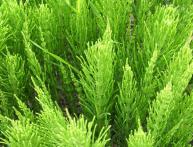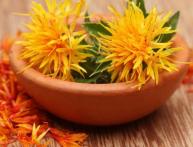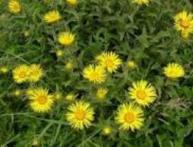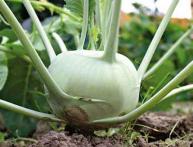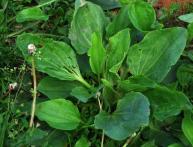Maynik two-leaf
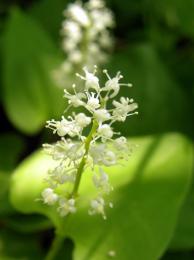
Maynik two-leaf or as this herb is also called “heart grass”, it is a herbaceous perennial plant with a long and thin rhizome, from which new above-ground shoots appear. Maynik blooms from May to July in the form of a thin stem with many small flowers; it grows well in mixed, coniferous and oak forests, on moist, fertile soils, hidden between bushes.
Due to the fact that the two-leaf mine contains glycosides, which are similar to digitalis glycosides, its decoction is widely used as a heart remedy in folk medicine. The herb also contains: vitamin C, coumarin and saponins. A decoction of the herb is also recommended to drink for kidney disease, high fever, colds and dropsy.
The leaves should be collected while the plant is in flower, dried in a ventilated area or under cover, and then brewed as regular tea. Fresh leaves of bifolia will help with panaritiums, tumors and abscesses, promoting their resorption and pain relief. A properly made tincture of their herb will help with weakness in the legs and excessive fatigue.
Maynik berries should not be consumed; they cause increased heart rate and shortness of breath.
Mynika bifolia is an endangered plant, so when collecting leaves it is very important not to damage the plant itself. It is very difficult to propagate grass by seeds yourself. The seeds need to be sown in a greenhouse at the end of winter and the first year the emerging seedlings are left in the greenhouse; in the second year in the summer the seedlings are transplanted into open ground.
Before using a decoction or tincture of Mynika bifolia, you should definitely consult your doctor to avoid worsening the disease and not harm yourself.


